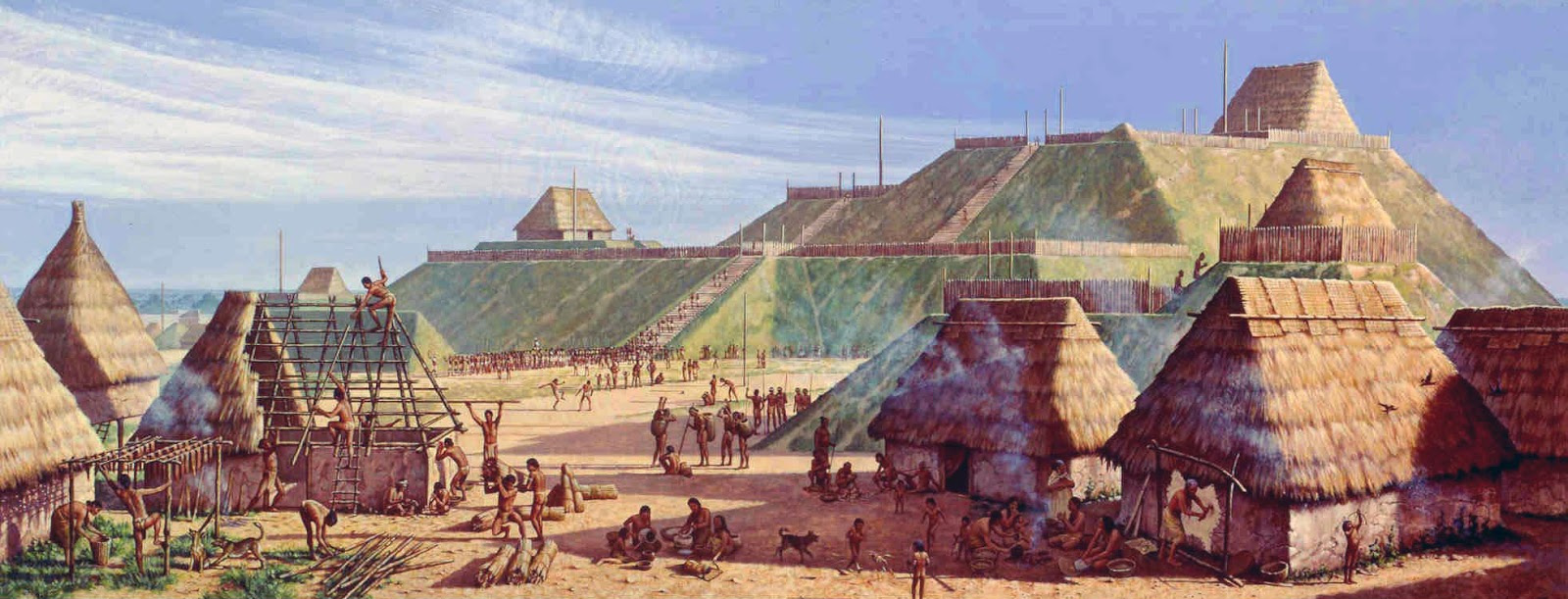1.1 Context: European Encounters in the Americas
3 min read•june 18, 2024
Caleb Lagerwey
Jillian Holbrook
AP US History 🇺🇸
454 resourcesSee Units
Contextualization
From Sarah Bradstreet in 9 APUSH Historical Thinking Skills:
Contextualization involves the ability to put something in its proper historical context—understanding an event or document in relation to what else was happening at the same time, in the same area, or within the same long-term process. To demonstrate this skill, you should be able to:
- place events or documents within the broader context of time and place
- understand how an event relates to what else was going on locally, regionally, nationally, or globally
- draw conclusions about an event or perspective based on its relation to the broader historical context
The historical thinking skill of contextualization involves having students place an event in its proper historical context. To demonstrate this historical thinking skill, students should be able to understand an event or document in relation to what else was happening at the same time or within the same time period. It is a difficult skill because students actually have to explain what was going on during the period, and they should be able to identify key people and events.
Period 1 (1491-1607)
Why 1491 to 1607? In short, 1491 is one year prior to "in 1492, Christopher Columbus sailed the ocean blue". We begin the first period of APUSH in 1491 as a realization that sophisticated societies and cultures existed in the New World long before the arrival of Europeans. The period ends in 1607 because that is the year of the first successful English settlement in the New World: Jamestown, Virginia.
Bering Land Bridge
The first people to inhabit North and South America came across the Bering Land Bridge. The Bering Land Bridge connected Eurasia and North America approximately 20,000 years ago in the area of the present-day Bering Sea between Siberia and Alaska. Nomadic Asian hunters came across the bridge looking for big game animals, such as woolly mammoths and saber-tooth tigers. The hunters settled throughout North and South America.

Cahokia, as it may have appeared around 1150 CE. Painting by Michael Hampshire for the Cahokia Mounds State Historic Site.
The people that first inhabited North and South America transformed and adapted to their environments. These groups settled into varying tribes and developed various agricultural techniques and social structures.
Before Christopher Columbus and other European explorers set foot in San Salvador, North and South American indigenous tribes had formed highly complex and organized societies. One of them was Cahokia, a large fortification and ceremonial site in Illinois that originally rose high above the river, representing the greatest achievement of the Mississippi people. It supported a population of 20,000 people, larger than many European cities at the time. Despite these advances by Native Tribes, they were unprepared for the weaponry and diseases brought by European explorers and settlers.
Since there were significant declines in the Native populations due to diseases, European settlers turned to to kidnapping and enslaving African people to meet the labor needs of this new world. The first enslaved people arrived in 1501. Eventually, over 11.2 million Africans were brought across the Atlantic Ocean (millions perished during the arduous journey).
The clash of Native Americans, Europeans, and Africans produced a new society in both North and South America. In their interactions, these groups asserted divergent world views regarding issues such as religion, gender roles, family, land use, and power that shifted through interaction.
Browse Study Guides By Unit
🌽Unit 1 – Interactions North America, 1491-1607
🦃Unit 2 – Colonial Society, 1607-1754
🔫Unit 3 – Conflict & American Independence, 1754-1800
🐎Unit 4 – American Expansion, 1800-1848
💣Unit 5 – Civil War & Reconstruction, 1848-1877
🚂Unit 6 – Industrialization & the Gilded Age, 1865-1898
🌎Unit 7 – Conflict in the Early 20th Century, 1890-1945
🥶Unit 8 – The Postwar Period & Cold War, 1945-1980
📲Unit 9 – Entering Into the 21st Century, 1980-Present
📚Study Tools
🤔Exam Skills
👉🏼Subject Guides
📚AMSCO Notes

Fiveable
Resources
© 2025 Fiveable Inc. All rights reserved.